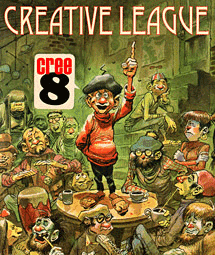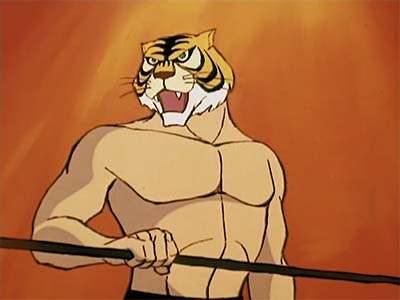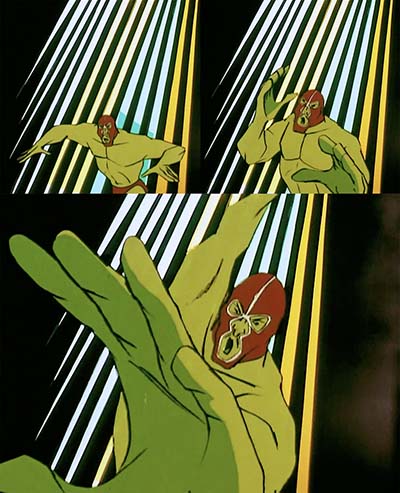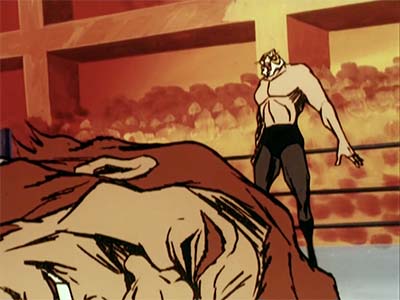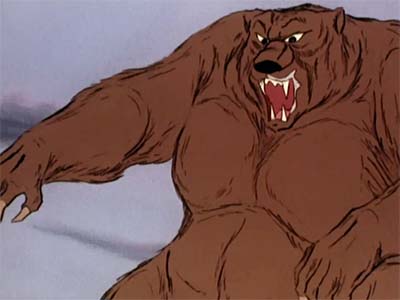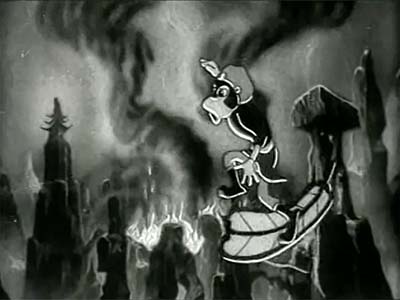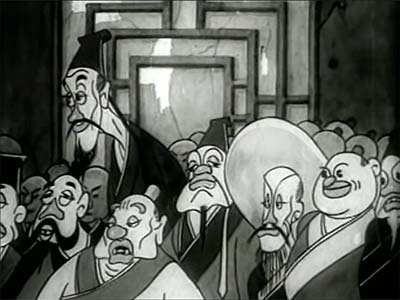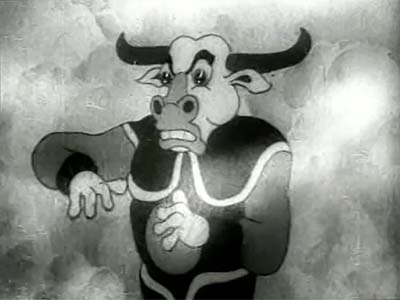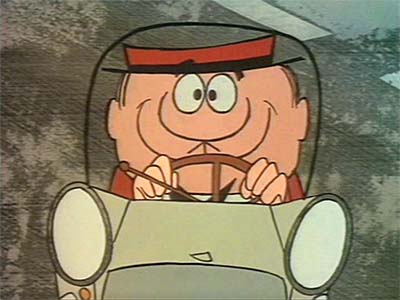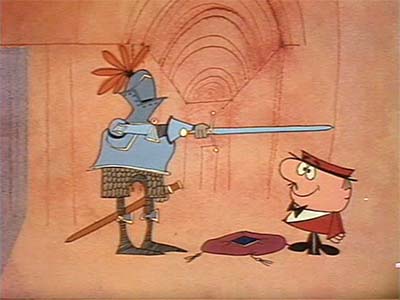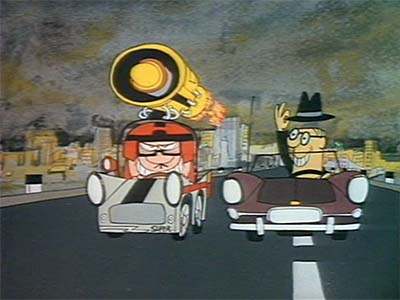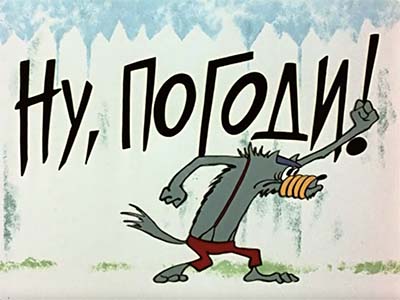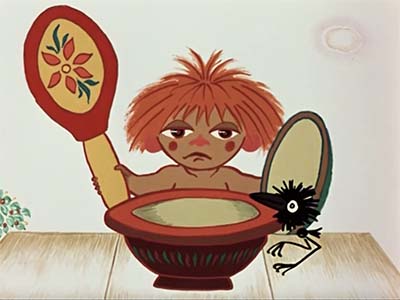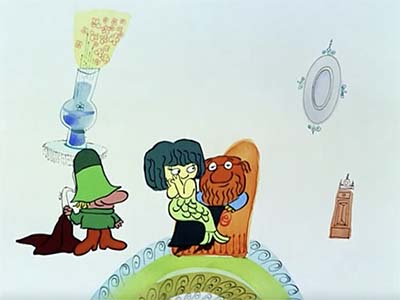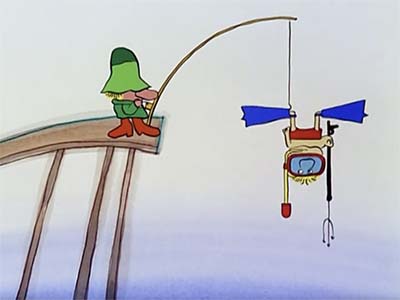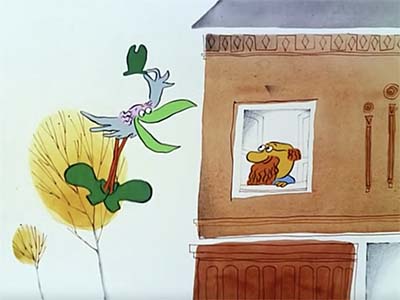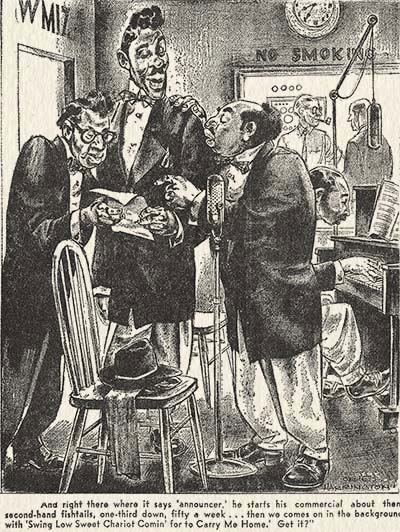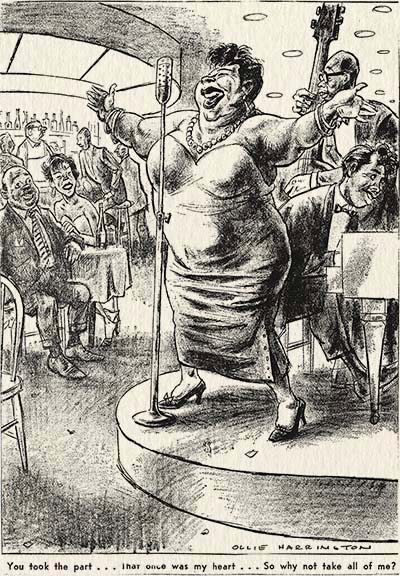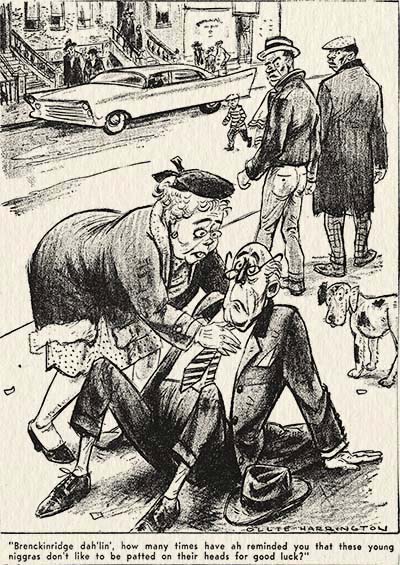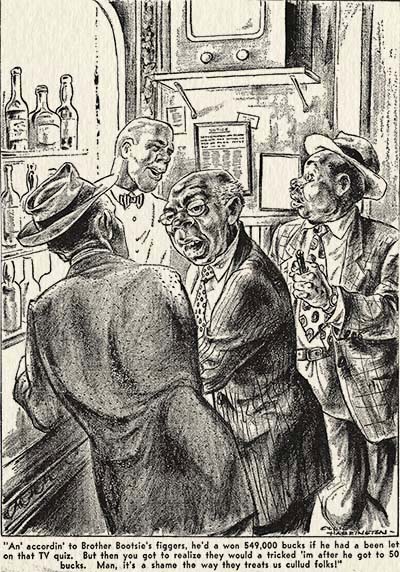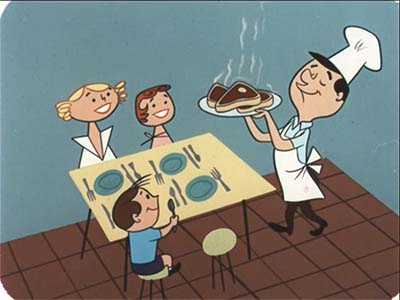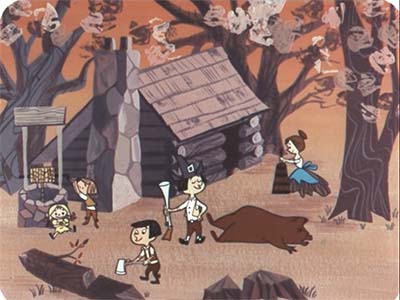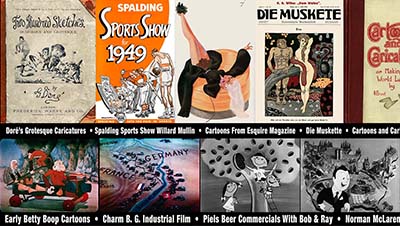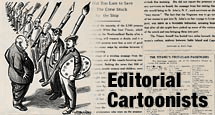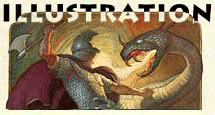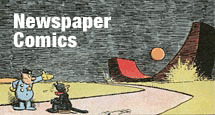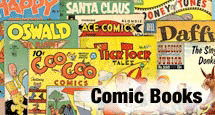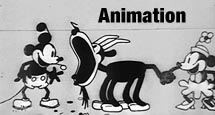People who aren’t members of Animation Resources don’t understand how comprehensive our Reference Packs are. Over a couple of weeks, we are posting what each section of our current RefPack looks like. Today we are sharing the Early Anime section. If you are a member of Animation Resources, click on this post to go to the Members Only page. If you aren’t a member yet, today is the perfect time to join! Our current Reference Pack is one of our best yet, and General and Student Members get access to a special Bonus Archive with even more material from past Reference Packs.
What are you waiting for?![]()
JOIN TODAY!
https://animationresources.org/membership/levels/
JOIN TODAY To Access Members Only Content
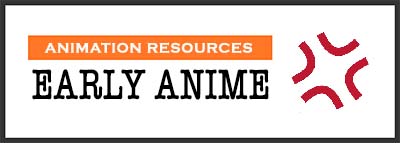
Lately, Animation Resources board member JoJo Baptista has been researching the early history of Japanese animation. He has searched out video copies of 1960s anime to add to our Animation Archive. Over the past year, he has accumulated hundreds of hours of rare television programs. We will be will be sharing some of them with you in our Reference Packs. Our members have asked us to share complete films and publications with them, not excerpts, so we will be sharing complete half hour episodes with you. We don’t claim that everything here is great. But there are great bits. You can sift through them and discover the gems for yourself.
Tiger Mask![]()
Episodes 21 & 32 / 1969
Download this article
Tiger Mask was produced by Toei Animation running from October 2nd, 1969 to September 30th, 1971. The anime was based on the manga of the same name which began a year prior to the anime. It may be one of the first wrestling anime, preceded possibly by Animal 1, which was released the year before. Naoto Date, Tiger Mask’s true identity, is a mystery to Kenta, an orphan boy who religiously watches each of Tiger Mask’s bouts in the ring. He is seen in practically every episode cheering Tiger Mask on. However, it was because of Kenta that Naoto had a change of heart. Tiger Mask was once regarded as a ferocious heel in the ring, so much so, that he was regarded as a villain. Kenta wanted to idolize this behavior, but upon Naoto’s realization of this, he began to portray himself in a more positive light.
The series’ style is what makes it particularly unique. Its angular designs complemented by the jaggedness of the xerox copy technique transferred to cels lends itself the dynamism of the show. That’s particularly thanks to Keiichirou Kimura, who served as an animation director and character designer. I believe we presented some of his work when we featured Sabu and Ichi’s Detective Tales. His style is particularly unique to the rest of the series. He contributed a lot of animation this series as well, and it’s presumed this is some of his work during the slow motion at 21:12 in episode 21. The limited animation can be particularly strong when a combination of strong poses and timing are used. But admittedly, some of the timing can feel quite clunky in this show at times.
One aspect that keeps the show visually interesting is the variety of forced perspective shots. There are upshots and down shots, characters can be away from the camera or in the extreme foreground. Along with quick cutting, this keeps the momentum up and provides visual interest. You don’t notice that there is very little animation. Also, the posing is designed to convey complex action in a bare minimum number of frames. All of the drawings are keys. There are no in-betweens.
JOIN TODAY To Access Members Only Content
A great cheat that is constantly utilized is portraying the wrestling ring as its own reality. The gradient backgrounds, painted with saturated colors are often used to avoid crowd shots. Also, it’s great for not having to avoid the change perspective of the environment when characters are jumping up high or landing. It helps draw attention to the action, and furthermore provides clarity without having to render out masses of crowds cheering behind the ring. At most you’ll get some "finger paint" type blurs or abstract art in the backgrounds to imply the heads of characters in the crowd. When crowds are shown however, they are separate with little to no animation at times.
One fun bit is the brief animatic section in episode 22 at 15:56. It’s obviously inspired by the 1960s Batman TV series. It even has the pop art bam shapes, wild 60s coloring and the signature "walking bass line" in the music.
In the 1970s, the crush of production necessitated a more "assembly line" approach to production and design. Instead of every show having its own style, the designs began to consolidate— character design, background design and effects animation became standardized. This made it easier for artists to move from show to show, because they didn’t have to learn a new style for every job they worked on. Formulas of how facial features, hair or proportions should be rendered saved time and streamlined the whole Japanese animation industry. While this allowed for the production of many more hours of animation to feed the demand, it took away some of the spontaneity and originality that had flourished in earlier years. Anime from the 80s and 90s is well known in the United States and it has been widely available here for many years, but the early shows from the 60s are very hard to find. These are the ones we will be focusing on in our Reference Packs.
MP4 Video File / SD / 23:51 / 261 MB Download
MP4 Video File / SD / 24:00 / 223 MB Download
JOIN TODAY To Access Members Only Content
Animation Resources is one of the best kept secrets in the world of cartooning. Every month, we sponsor a program of interest to artists, and every other month, we share a book and up to an hour of rare animation with our members. If you are a creative person interested in the fields of animation, cartooning or illustration, you should be a member of Animation Resources!
It’s easy to join Animation Resources. Just click on this link and you can sign up right now online…
JOIN TODAY!
https://animationresources.org/membership/levels/
![]()
![]() Animation Resources depends on your contributions to support its projects. Even if you can’t afford to join our group right now, please click the button below to donate whatever you can afford using PayPal.
Animation Resources depends on your contributions to support its projects. Even if you can’t afford to join our group right now, please click the button below to donate whatever you can afford using PayPal.

Fall is time to save when you join Animation Resources as a student member. For the next couple of weeks our Student Membership will be discounted to only $60/year! Best of all, you will continue to get that savings every year you renew as a student for up to three years. Yes, this applies to full time educators too. Why should you join? Each day we’ll be highlighting more reasons why you should be a member of Animation Resources. Bookmark us and check back every day.

![]() STUDENT MEMBERSHIP
STUDENT MEMBERSHIP![]()
Discount Ends Nov. 6th!
$70/year $60/year (recurring)
FREE SAMPLES!![]()
Not Convinced Yet? Check out this SAMPLE REFERENCE PACK! It will give you a taste of what Animation Resources members get to download every other month!
There’s no better way to feed your creativity than to be a member of Animation Resources. Every other month, we share a Reference Pack that is chock full of downloadable e-books and still framable videos designed to expand your horizons and blow your mind. It’s easy to join. Just click on this link and you can sign up right now online.
https://animationresources.org/membership/levels/





